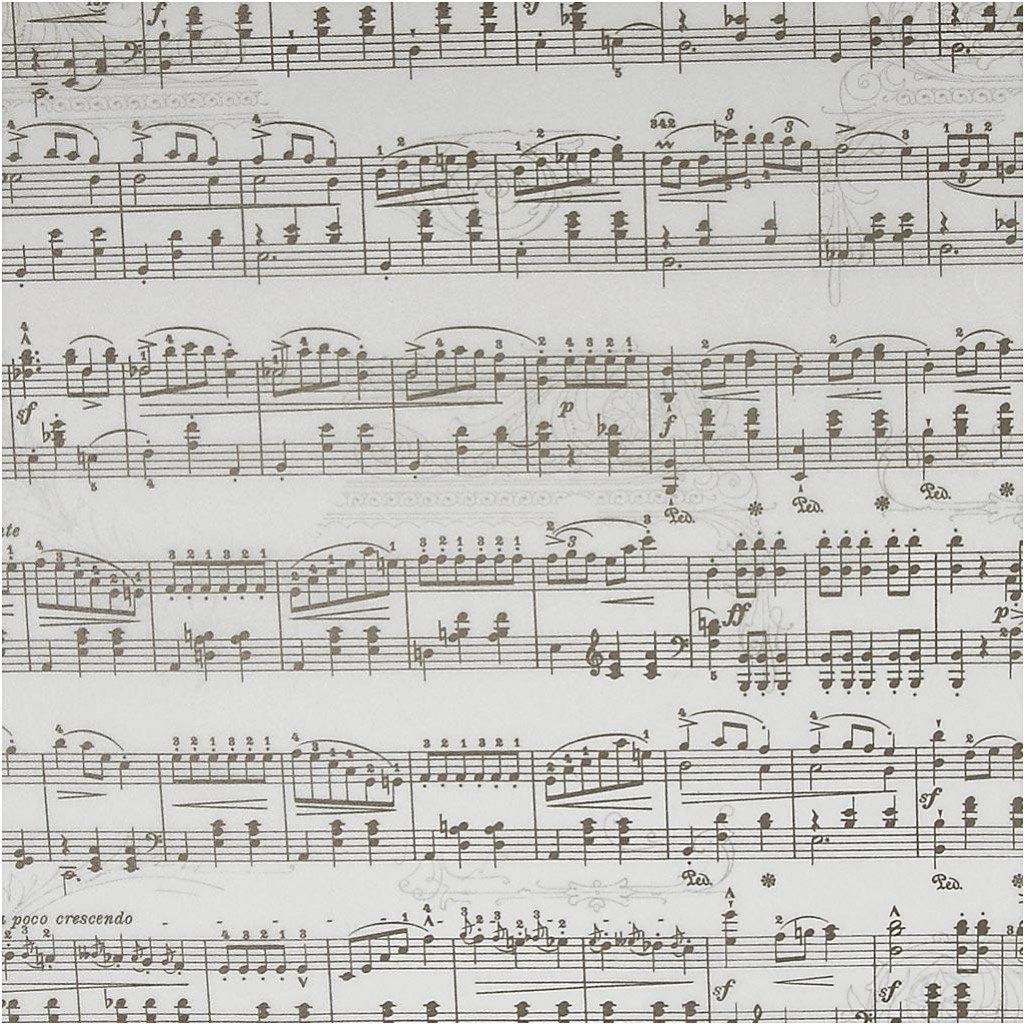Here is another art project I made at Timberline. This one was supposed to be specifically about Joy. I think this was shortly after I started playing the piano in the dining hall, so music was on my mind. I used a piece of cardboard to start and covered it with wide black ribbon. The white piano keys, pink “staff”, and green note were also of different kinds of ribbon. For the word Joy, I untwisted a three-strand black cord.
It looks really simple, but I wasn’t able to finish in one session; I had to work on it the next day in our open session. I like how it turned out. It’s interesting how the artwork, the act of making it, working with your hands, and then explaining it to the others is cathartic. It’s easier to express some things through art than to talk about them. Those projects were harder to explain to the others than this one was.
Some of us had to challenge our perfectionism during these sessions. Our instructor liked to say, “art is imperfect. It’s not about perfection, but expression. Mistakes make art.” I understand what she’s saying; it’s just difficult sometimes to show your work to others when you don’t like how it turned out. For me, almost more frustrating was not being able to finish! On a different project I told the instructor, “I know it’s not perfect. That doesn’t bother me. I just want to finish it!” Interestingly, that project was about speaking out instead of holding all my thoughts inside. She let me stay for five minutes (because I had my white hat and because I asked!) such that I could finish the last three lines.




 When you are eating, eat.
When you are eating, eat.
